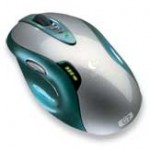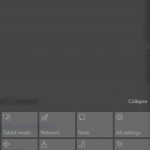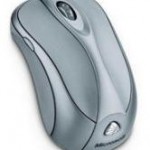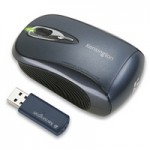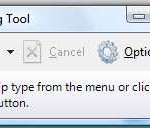However, mouse and keyboard are working fine in Windows 7 or Windows 8.1 prior to upgrade to Windows 10. In addition, keyboard and mouse are working properly before Windows 10 is loaded, i.e. mouse and keyboard can be used during the splash screen at the very early stage of computer startup, in the BIOS or diagnostics program provided by computer manufacturer, and it works fine too in the Windows boot menu.
The failure of keyboard and mouse can happen on any kind of input devices used, including USB, Bluetooth, wireless, or PS2. Without any input devices working, basically you cannot perform any troubleshooting or resolution to resolve the issue at all, other than pressing Power button long enough to completely shutdown the PC.
To make matter worse, if you try any of the following, they don’t help, and Windows 10 still does not recognize the keyboard or mouse:
- Reboot the computer.
- Change the USB keyboard and/or USB mouse to another port.
- Switch to another keyboard and/or mouse.
If you’re facing issue of keyboard and mouse not working in Windows 10, try one of the following tricks to make it work properly again:
- When Windows 10 is running, unplug the keyboard and mouse, and then replug them in.
- Press the hotkey to go to BIOS, e.g. Esc, Tab, F2, F10, F12 and etc., in rapid succession once you power on the computer until Windows 10 is loaded. If the PC does go into BIOS, exit from it and continue to press the hotkey.
- Power off the computer, and then remove and disconnect keyboard and mouse, including the wireless receiver or transceiver. Start the computer and let Windows 10 loads until the sign in screen, then power cycle computer by forcing it to shutdown with Power button. Now connect the keyboard and mouse. Power on the PC after that.
- Go to the BIOS, and then disable the USB legacy support, which presents them to the system as PS/2-compatible devices.
- If you can access the affected Windows 10 system through Remote Desktop or other remote control software such as TeamViewer, connect and then go to Device Manager to uninstall the driver for keyboard and reboot (double click on the keyboard and mouse devices to open the Properties, then go to Driver tab and click or tap on Uninstall button). Restart PC and Windows will reinstall the appropriate drivers when it detects keyboard and mouse again.
- If you can access the affected Windows 10 system through Remote Desktop or other remote control software such as TeamViewer, connect and then go to Device Manager to uninstall all devices listed under Universal serial bus controllers section. Restart PC and Windows will reinstall the appropriate drivers.
- If you are using Bluetooth keyboard and/or Bluetooth mouse and can access the affected Windows 10 system through Remote Desktop or other remote control software such as TeamViewer, make sure that drivers for keyboard, mice, etc (HID) is enabled as a Bluetooth services.
- Downgrade to previous Windows OS. To do so, boot into Advanced Boot Menu by pressing F8 or Shift + F8, then repair and select the previous OS to restore.
- If you can access the affected Windows 10 system through Remote Desktop or other remote control software such as TeamViewer, downgrade and rollback to previous Windows version.
- If existing data on the system is not important and can be deleted, perform a clean install of Windows 10.
If you can access the affected Windows 10 system through Remote Desktop or other remote control software such as TeamViewer, you can use Windows 10 built-in reset command to start afresh.

